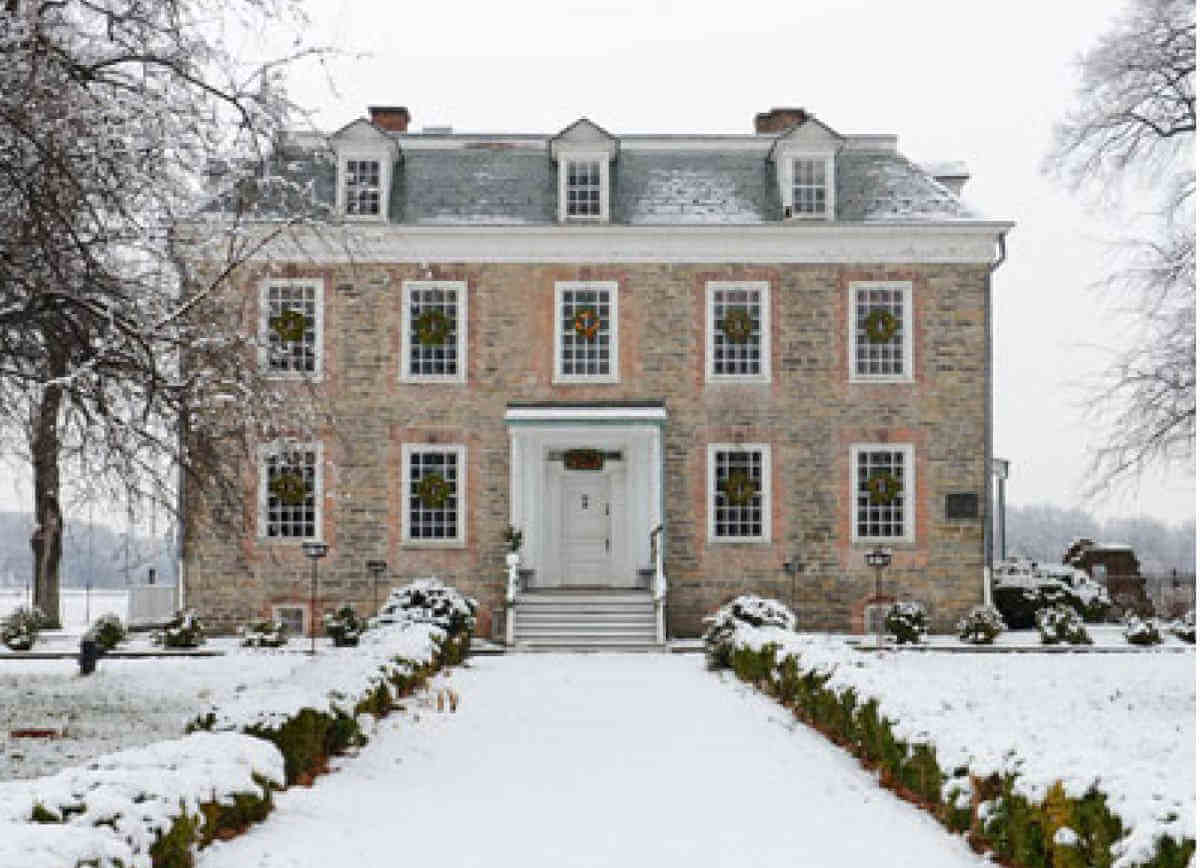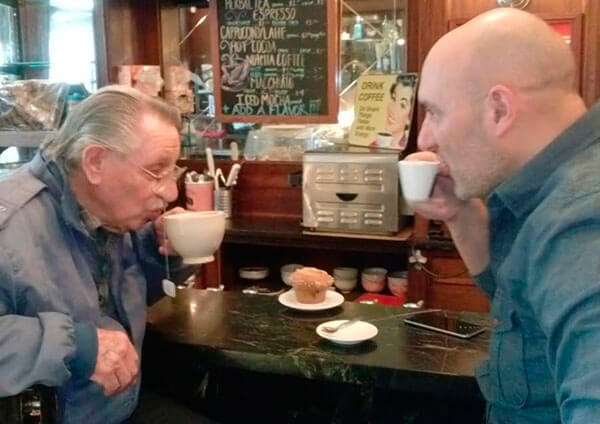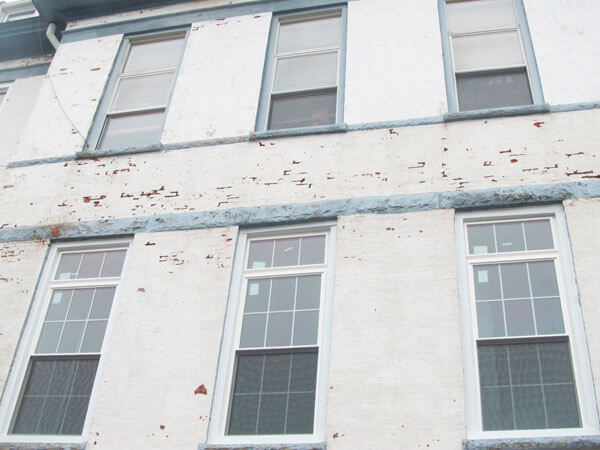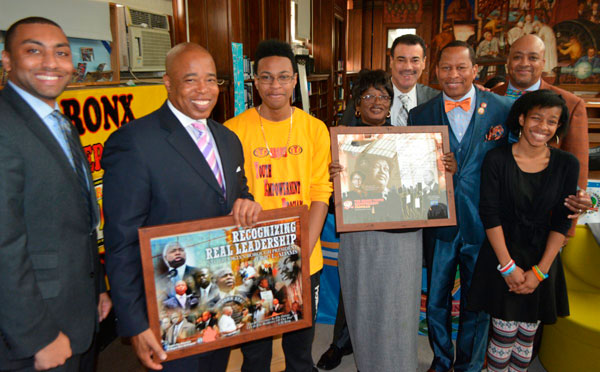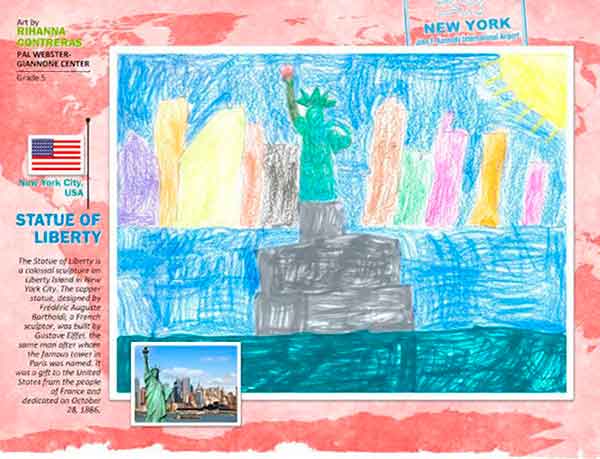An historic house that is the oldest standing building in the borough is getting spruced up.
The Van Cortlandt House Museum in Van Cortlandt Park is about to receive improvements to the grounds around the historic building, which dates back to 1748.
A Van Cortlandt Historic House Landscape Plan created by a committee is recommending the improvements.
They were made possible through a grant obtained by the Friends of Van Cortlandt Park from the Paul and Klara Porzelt Foundation in partnership with the museum, which is run by The National Society of Colonial Dames of the State of New York.
Plans began once funding was obtained in April 2018 from the foundation, which funds restoration projects from the American Renaissance Period between 1876 to 1917, said Christina Taylor, FVCP executive director.
The plan seeks to restore the overall look of the landscape around the time the house first opened as a museum and shortly thereafter, a period from 1897 to 1917.
“Our overall mission with this project is to make the museum grounds more welcoming and better maintained,” said Taylor.
The work that is being done will supplement NYC Parks Department efforts to maintain and landscape the area, said Taylor.
The museum welcomes school group visits as well as educational efforts, and is open to the general public as well.
It is also in a very visible part of the park, located on the southern end of the Van Cortlandt Park parade grounds, and is seen by groups who come to park for cross country meets and other events, said Taylor.
Laura Carpenter, Van Cortlandt House Museum director, said that the time period was chosen because it was more practical to try to restore the area around the building to the way it looked when it first opened as a museum than it was to go further back to when the Van Cortlandt Family lived there and farmed.
“We are about embracing what is existing and improving on it,” said Carpenter.
Carpenter said she hopes to improve the view of the house that visitors see and make it more noticeable to parkgoers by removal of overgrown plants.
Removing non-native invasive plant species is also a priority, she said.
“I am a firm believer that you have one chance to make a good first impression,” she said of the landscaping improvements.
The Porzelt grant will fund a series of improvements that the working group is calling ‘Phase 1.’
The first phase includes projects such as pruning nearby trees in order to improve the view of the house, replacing some shrubs with low-maintenance plants, as well as installing a historic old Albany Post Road Mile Marker within a herb garden.
Other parts within this phase include refurbishing of a knot garden, installation of an ADA accessible and labeled sensory garden, replacing cedar posts bordering garden beds, mulching shrubs and small ornamental trees.
Parks has been helpful in providing mulch and doing some pruning on very large trees limbs, said Carpenter.
Taylor said that she would like to spend the grant money before the end of the city’s fiscal year that ends on June 30, 2019.
A second phase with different tasks would have to be completed later on through a different grant, she said.

